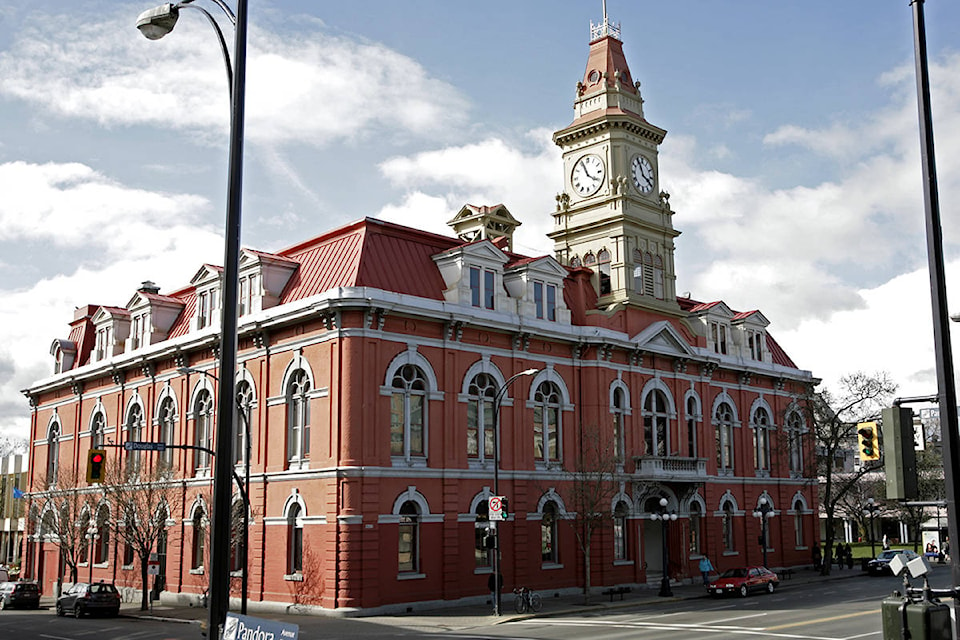Citizen’s assemblies deserve a chance (Mayor’s Message, May 4)
In 2014 municipal voters said yes to the ballot-box question: Are you in favour of reducing the number of municipalities in Greater Victoria through amalgamation? But this is no guarantee they’ll now see merit in the City and District of Saanich getting hitched.
Frankly, judging from strong negative feedback regarding the approval of controversial development projects, citizen trust level in local elected officials has worn thin. Many suggest that the public engagement decision-making process is deeply flawed.
What’s at stake? The credibility of the political decision-making process. Judging from the shifting city skyline, the process is stacked in favour of deep pockets and large lobby groups – including property investors, real estate developers and building contractors.
Is governing Victoria enough for Mayor Lisa Helps? Apparently not. Now she deserves a chance to rule a larger domain, provided citizens approve the proposed Victoria-Saanich merger, if it gets to that point.
Citizen’s assemblies demonstrate effectiveness in solving a variety of complex social and economic issues. But this happens only when they’re not manipulated by government to satisfy a predetermined outcome.
Years ago, I asked City Hall to consider using the citizen’s assembly model in land-use planning and development – particularly the articulation of Victoria’s 13 neighbourhood plans. This had been carried out successfully in the development of the Granville-Woodlands Community Plan (2015) in Vancouver.
The mayor’s answer? No thanks, we prefer you join the conversation as we plan the future of your neighbourhood.
Citizens participate in the mayor’s rich, deliberative and thoughtful democratic decision-making process only when openness, transparency and accountability form the foundation of public engagement. This, when all voices are welcome.
Anything less is a ruse to justify what can’t be justified.
Victoria Adams
Victoria



